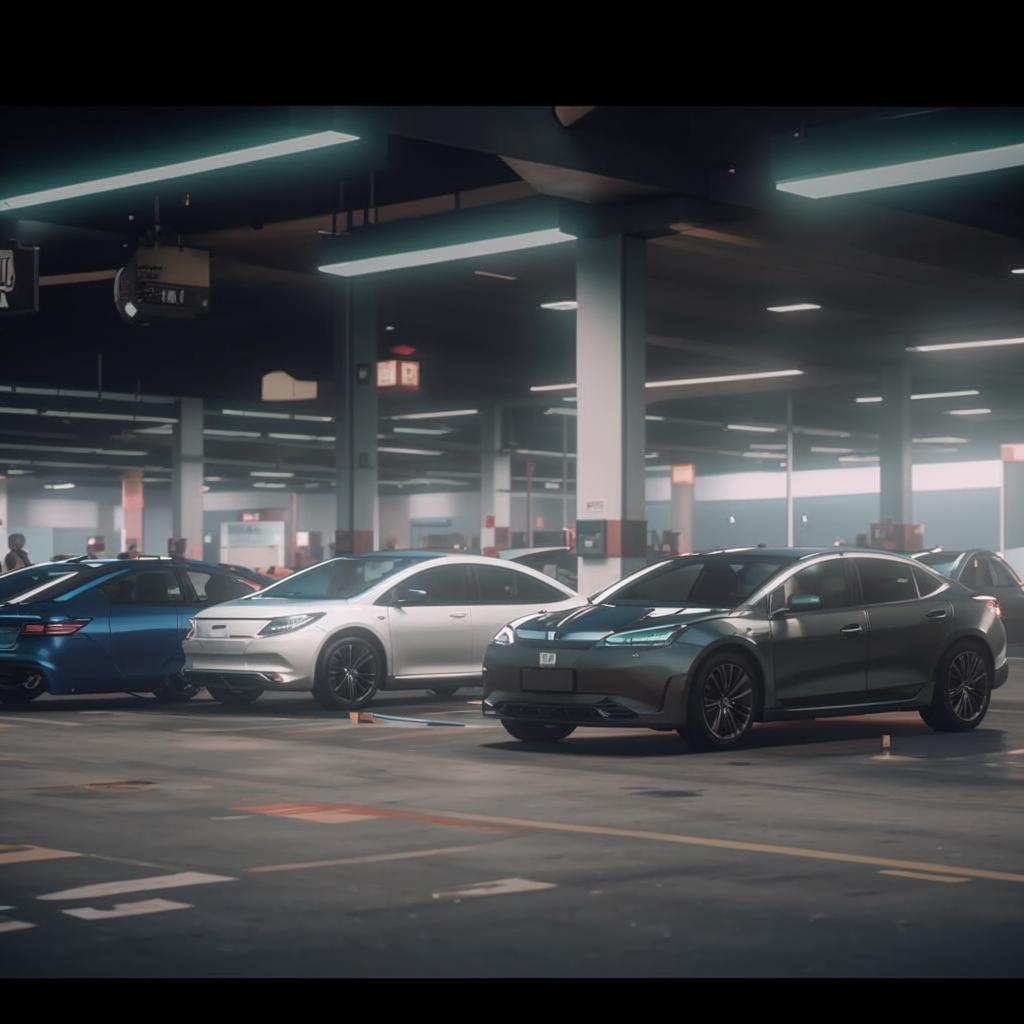Electric vehicle (EV) adoption is accelerating globally, propelled by government incentives, environmental consciousness, and advancements in battery technology. Sales figures demonstrate exponential growth year after year, particularly in markets like China, Europe, and the United States. Major automakers are heavily investing in EV production, phasing out internal combustion engine (ICE) vehicles over the next decade.
However, the road to complete EV dominance is not without its challenges. One of the most significant obstacles is the lack of adequate charging infrastructure. While urban areas are seeing an increase in charging stations, rural and remote locations often lack sufficient access. This disparity creates “range anxiety” among potential EV buyers, who fear being stranded with a depleted battery.
The cost of EVs remains a barrier for many consumers, despite government subsidies. Although battery prices are decreasing, EVs are still generally more expensive than comparable ICE vehicles. Furthermore, the availability of critical minerals, such as lithium and cobalt, needed for battery production raises concerns about supply chain vulnerabilities and ethical sourcing.
Another challenge is the need for grid upgrades to handle the increased electricity demand from widespread EV charging. Aging infrastructure in many regions needs to be modernized to prevent blackouts and ensure a reliable power supply.
Despite these hurdles, the momentum behind EV adoption is undeniable. Innovation in battery technology, expansion of charging infrastructure, and decreasing costs are all contributing to the ongoing transition. As these challenges are addressed, EVs are poised to become the dominant mode of transportation in the years to come.















